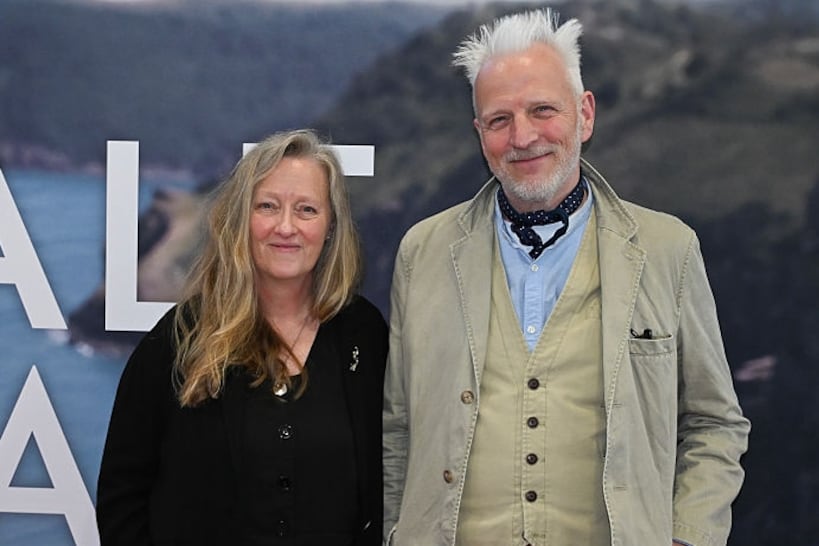It would be hard to pick a better spot for the creation of a new suburb than the Dublin Industrial Estate in Glasnevin.
The vast, 75 hectare landbank, the largest area of industrial lands designated for redevelopment since the Dublin Docklands, is within 3km of the city centre, a 15 minute walk from Phibsborough and served by both Luas and rail lines.
Unlike some other industrial estates it is also surrounded by a pleasant environment. The Royal Canal runs through it, Tolka Valley Park is immediately to the north, and Glasnevin Cemetery, which connects to the Botanic Gardens, is just to the east. In addition, it has the advantage of being in the middle of the well-established suburbs of Cabra and Glasnevin, with their existing facilities such as shops, and schools.
For Dublin City Council, it presents the ideal opportunity to test the 15-minute city concept, where residents have all the facilities they need close by. However, this must not be achieved by piggybacking on the services of the existing communities. It is essential that the new suburb, which is destined to have thousands of homes, has its own shops, health facilities, sustainable transport, schools, and childcare facilities operating from an early stage to avoid overwhelming and causing resentment in the surrounding neighbourhoods.
READ MORE
To fully embrace the ethos of the 15-minute city, the new development zone, which has the working title of Ballyboggan, must also provide employment opportunities. This is where the existing industrial estate can make a significant contribution. While a substantial proportion of the lands are under-utilised, with sprawling single storey premises, few of the industrial units are vacant, and many provide jobs and services locally.
Some properties in the estate have been bought by residential developers and other business owners have signalled their intention to relocate, but the council has said that it will provide the opportunity for existing businesses to remain in the area.
There is a major test here for State housing policy, an important element of which is to get more people living closer to city centres in pleasant new environments served with transport links. This is a vital part of climate policy – reducing suburban sprawl and the need for car journeys, with local services within easy reach.
It is essential that the process moves successfully and quickly through planning and is not held up by endless court challenges. The plan needs to be in line with guidelines and local residents need to have their say and be listened to, particularly as the plan takes shape.
But this needs to happen, too, within a reasonable timescale. It is a big project and a key test in terms of developing projects of this kind, a vital part of the future of housing.













